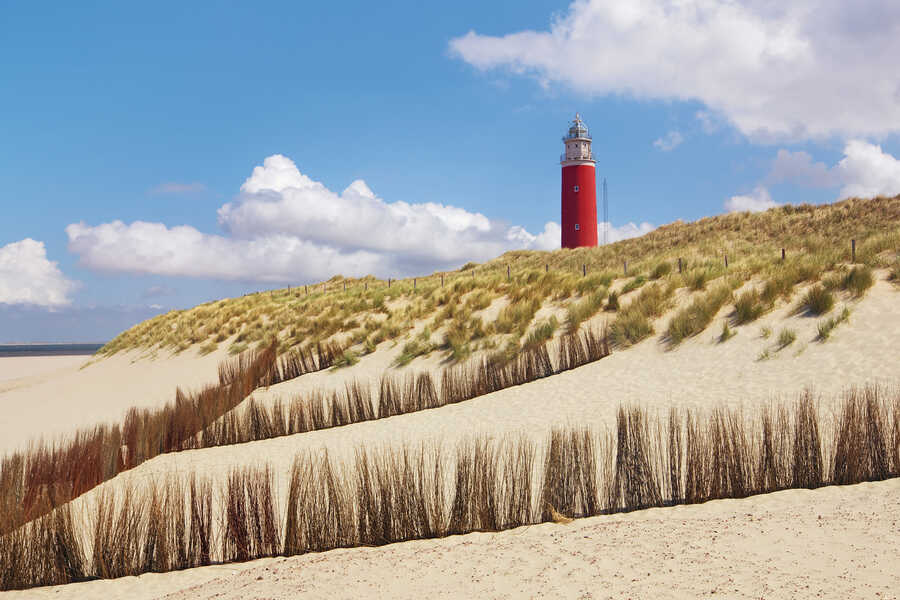During my master’s courses, I have been studying how to analyze and take into consideration different actors’ perspectives when facing complex situations. From such perspective, getting to know who the actors are and understanding their interests, resources, objectives and values are crucial steps into a successful problem solving, especially when decisions have to be made. On the other hand, I have been learning tools to improve the quality of my findings when performing exploratory research in order to be able to withdraw reliable and significant conclusions. After months of, mostly, a theoretical approach in my learning experience, it was truly inquiring and amazing for me to be able to use the gained skills and knowledge in an unexpected and practical way and, even more curious, was to experience it outside my regular classes through my extra course of Engineering for Sustainable Development.
Being able to have contact with a complex situation with real people sharing their opinions and interests about our designs while stating their support, opposition or even indifference has been the most valuable learning experience I have had as a policy analyst so far. From the beginning of this course, it was a challenge to focus on the sub-system of health, happiness and well-being as is framed in abstract concepts difficult to link to the technological developments at first sight. However, it was necessary to look beyond in order to establish a feasible connection between sustainability and happiness with a practical use for the community, which is how we ended up proposing the Happy Texel Index as a driver for the entire system.
Nevertheless, after we arrived to Texel and had contact with its people, a new challenge arose. At the beginning, it was shocking for me the fact that everybody seemed to like the idea of measuring happiness in the island and linking sustainability proposals to generate the needed well-being in the population but, at the same time, no one seemed to compromise to make it happen, no applicability was related to such a measure. The main point of discussion was related to the fact that people is already satisfied with the current living of the island, then: why to make a change? Why to make them feel uncomfortable and less happy by pointing out possible weaknesses as they not being sustainable enough?
Connecting an idea to the final users is a challenge every designer faces, as they are the ones that will not only initiate the implementation but to request and encourage its constant usage. In Texel, I could experience the inventive spirit an island with limited resources and sources for income can instill in its population, I could witness the well-being experienced by the Texelaars, and I could face their sense of community and social cohesion. Moreover, by trying to “sell” our idea to inspire a switch on people’s mindset and values, I learnt from their creativity, inventive spirit, vision of life and stubbornness, and it seems that, in the end, they help me to switch my professional values in return. Finally, the final learning lesson gathered there is to be open to new ways of thinking and to take advantage of people strengths and expectations to engage them to new perspectives of the world. It is impossible to try to change the mindset of a community in five days, but at least you can sow a seed of innovation by challenging their ways and letting them challenge you in return.


